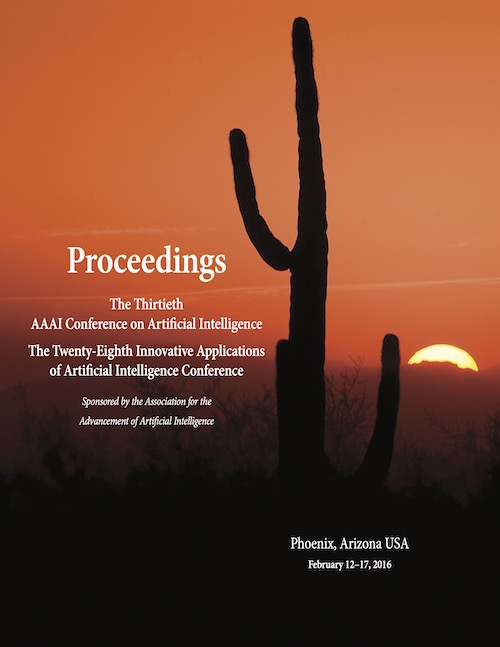Predicting the Next Location: A Recurrent Model with Spatial and Temporal Contexts
DOI:
https://doi.org/10.1609/aaai.v30i1.9971Abstract
Spatial and temporal contextual information plays a key role for analyzing user behaviors, and is helpful for predicting where he or she will go next. With the growing ability of collecting information, more and more temporal and spatial contextual information is collected in systems, and the location prediction problem becomes crucial and feasible. Some works have been proposed to address this problem, but they all have their limitations. Factorizing Personalized Markov Chain (FPMC) is constructed based on a strong independence assumption among different factors, which limits its performance. Tensor Factorization (TF) faces the cold start problem in predicting future actions. Recurrent Neural Networks (RNN) model shows promising performance comparing with PFMC and TF, but all these methods have problem in modeling continuous time interval and geographical distance. In this paper, we extend RNN and propose a novel method called Spatial Temporal Recurrent Neural Networks (ST-RNN). ST-RNN can model local temporal and spatial contexts in each layer with time-specific transition matrices for different time intervals and distance-specific transition matrices for different geographical distances. Experimental results show that the proposed ST-RNN model yields significant improvements over the competitive compared methods on two typical datasets, i.e., Global Terrorism Database (GTD) and Gowalla dataset.

